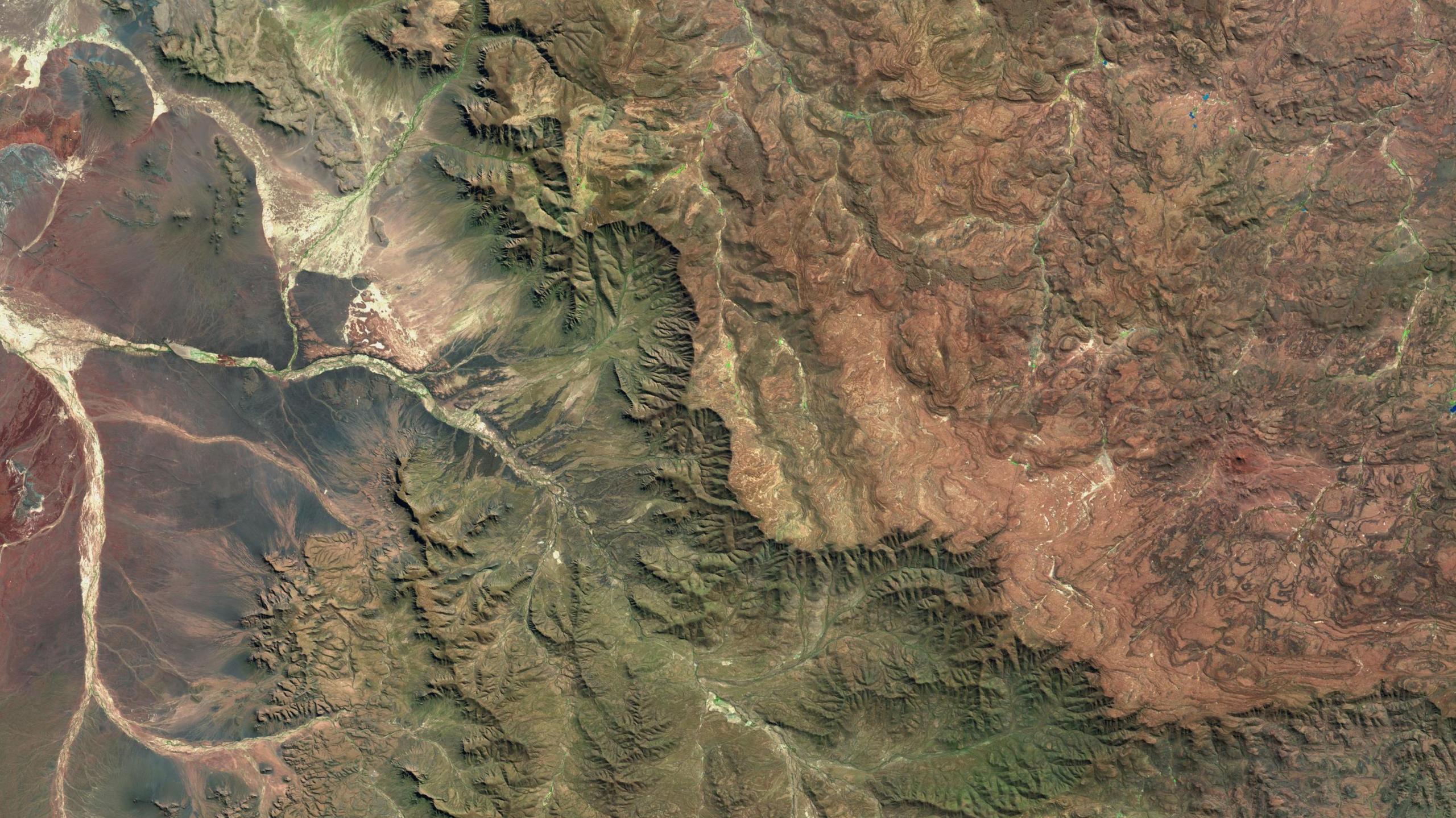Mystery behind major landforms solved, scientists say

Great escarpments can be found in southern Africa, India, Brazil and Australia
- Published
The mystery of how some of the Earth's most dramatic landforms came into being has been solved, scientists believe.
Researchers from the University of Southampton studied the creation of steep slopes called great escarpments.
It was previously not known how the giant plateaus, found in southern Africa, India, Brazil and Australia, originated.
But the new study found that powerful waves deep within the Earth, triggered when tectonic plates broke apart, had caused continents to force the land up by more than 3281ft (1km).

Researchers from Germany and Birmingham also contributed to the study
The research showed that, when continents split apart, the stretching of the continental crust caused stirring movements in the Earth's mantle - the layer between the crust and the core.
Tom Gernon, professor of earth science at the University of Southampton and lead author, said the results helped explain why parts of continents, previously thought of as "stable", experienced substantial uplift and erosion.
"Scientists have long suspected that steep kilometre-high topographic features called great escarpments - like the classic example encircling South Africa - are formed when continents rift and eventually split apart," he said.
"However, explaining why the inner parts of continents, far from such escarpments, rise and become eroded has proven much more challenging."
Researchers from the GFZ German Research Centre for Geosciences and the University of Birmingham also contributed to the study.
Follow BBC South on Facebook, external, X (Twitter), external, or Instagram, external. Send your story ideas to south.newsonline@bbc.co.uk, external or via WhatsApp on 0808 100 2240, external.
- Published23 July 2024

- Published13 July 2024

- Published31 May 2024
